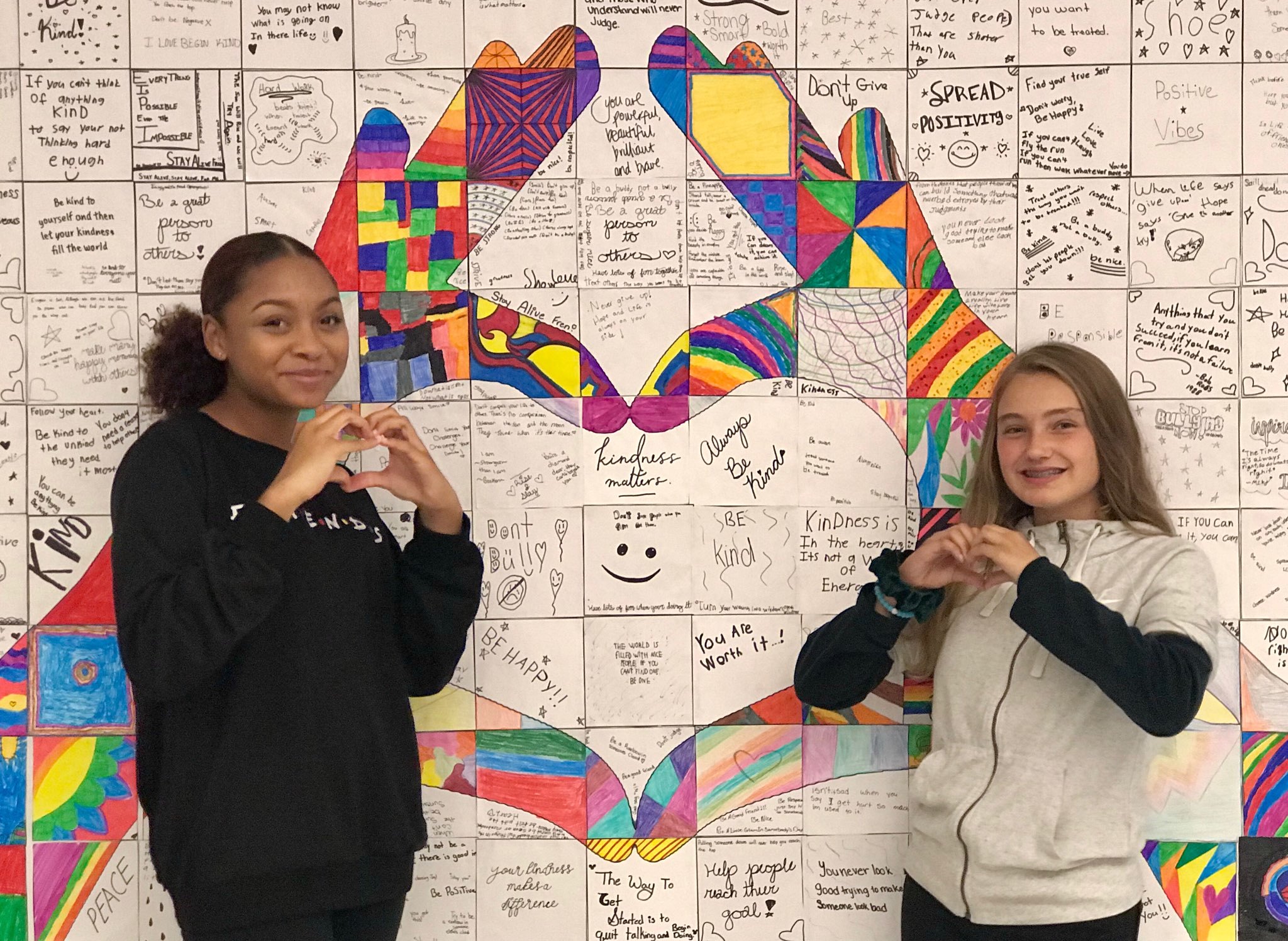Recent years have seen an increased emphasis on an appreciation for the importance of social and emotional learning opportunities in K-12 education internationally. In an article published in Improving Schools, researchers Helen Demetriou and Bill Nicholl from the University of Cambridge reported their findings from a mixed-method study examining the effects of a school-based program promoting empathy on students’ creative and innovative endeavors.
Their results indicated that an empathy-oriented curriculum implemented at a classroom-level throughout a single school year increased students’ emotional and cognitive creativity.
“Rather than thinking and feeling for the other person, we are looking at thinking and feeling with the other person: thinking what the other person is thinking, and feeling what the other person is feeling, and envisioning empathy as an ‘altruistic emotion,’ the authors explain. “We asked whether empathy is the missing link to the creative process that should be instructed and integrated into the [Design and Technology] classroom with its power to enable the designer’s potential.”
 As indicated above, empathy relates to perspective-taking. It is not about feeling for, but rather with another person or group. Empathy has obvious implications in the context of social interaction and connectedness throughout the lifespan. Additionally, research has indicated that emotional intelligence and conscientiousness are significant determinants of academic and professional achievement. Empathy is complex, can be weaponized, and can be detrimental to those most inclined to experience it (e.g., helpers). Yet, social and emotional instruction, promoting empathy, can foster community and progress.
As indicated above, empathy relates to perspective-taking. It is not about feeling for, but rather with another person or group. Empathy has obvious implications in the context of social interaction and connectedness throughout the lifespan. Additionally, research has indicated that emotional intelligence and conscientiousness are significant determinants of academic and professional achievement. Empathy is complex, can be weaponized, and can be detrimental to those most inclined to experience it (e.g., helpers). Yet, social and emotional instruction, promoting empathy, can foster community and progress.
Demetriou and Nicholl highlight many schools that have integrated empathy-promoting programming have done so in the context of literature and humanities curricula. In early education, distinctions between subjects may be less explicit, whereas opportunities to explore perspective-taking as school advances may be more obvious in reading, writing, and social studies than in science and math.
Among the unique aspects of Demetriou and Nicholl’s project is that it looked at a social and emotional skills-building initiative in a UK Design and Technology (D&T) classroom and explored the effects of creativity in a science-oriented space. The Designing Our Tomorrow (DOT) “creativity tuition kit” challenges students to learn and apply empathy in relation to considerations for user experience in design and innovation projects.
“Pupils in year 9 (aged 13 to 14 years) from two schools were assessed for their creativity levels using the Torrance Test of Creative Thinking (TTCT) both at the start and at the end of the academic school year,” the authors report. “In the intervening period, whereas the control school continued as normal with its usual D&T lessons, the intervention school’s D&T lessons were replaced by a creativity tuition kit called Designing Our Tomorrow (DOT), which involves instruction in empathizing. Pupils from year 7 (aged 11 to 12 years) in a third school were given the DOT task alone and interviewed about their experiences of it.”
The researchers collected quantitative data in the form of beginning- and end-of-school-year creativity levels self-reported by students in year 9 across two schools: one implementing the DOT program (the intervention condition) and one implementing standard D&T programming (the control condition). Qualitative insights were gleaned regarding the DOT program through its implementation with year 7 students at a third school-based on subsequent student interviews.
Outcomes from the validated TTCT creativity measure revealed declines in emotional and cognitive creativity in students engaged in the D&T control condition versus significant increases in the empathy-oriented DOT program. Qualitative data provided some context for these results, as many students shared about their perceptions of the value of DOT opportunities for “solving a task that had urgency, familiarity, and empathy with their own urgency, familiarity, and empathy.” They add:
“Both the quantitative and qualitative outcomes of this research showed the importance of social and emotional skills for creativity in the classroom, and specifically the impact of the DOT for teaching the emotional and social skills of empathy. The data showed that when considering a solution to the asthma problem in young children, pupils were able to relate more effectively to the problem through empathizing with it and reach effective and constructive solutions.”
This work extends past research on social and emotional instruction in schools and potential areas of impact. It illustrates that an emphasis on substance, connectedness, and relevance in academic instruction can elicit creativity and encourage innovation among students.
“What are students being taught and evaluated on in preparation for their futures and interactions nationally and worldwide? The danger is that the lack of imagination in government about the curriculum will lead to a lack of imagination and creativity in our learners. Whilst good exam grades do matter, in order for society to thrive, creative, communicative and empathic individuals also matter.”
****
Demetriou, H., & Nicholl, B. (2021). Empathy is the mother of invention: Emotion and cognition for creativity in the classroom. Improving Schools, https://doi.org/10.1177/1365480221989500 (Link)














